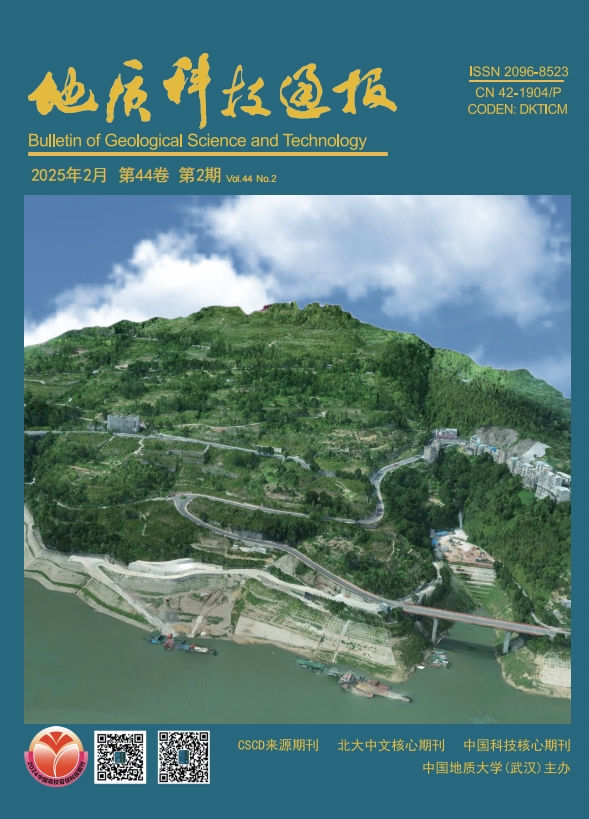2015 Vol. 34, No. 5
2015, 34(5): 1-7.
Abstract:
2015, 34(5): 16-20.
Abstract:
2015, 34(5): 21-26.
Abstract:
2015, 34(5): 27-30.
Abstract:
2015, 34(5): 31-37.
Abstract:
2015, 34(5): 38-45.
Abstract:
2015, 34(5): 46-52,65.
Abstract:
2015, 34(5): 53-57.
Abstract:
2015, 34(5): 58-65.
Abstract:
2015, 34(5): 66-74.
Abstract:
2015, 34(5): 75-80.
Abstract:
2015, 34(5): 81-85.
Abstract:
2015, 34(5): 86-90.
Abstract:
2015, 34(5): 91-97.
Abstract:
2015, 34(5): 98-104,119.
Abstract:
2015, 34(5): 105-113.
Abstract:
2015, 34(5): 114-119.
Abstract:
2015, 34(5): 120-126.
Abstract:
2015, 34(5): 134-141.
Abstract:
2015, 34(5): 142-146.
Abstract:
2015, 34(5): 147-152.
Abstract:
2015, 34(5): 153-159.
Abstract:
2015, 34(5): 160-165.
Abstract:
2015, 34(5): 166-171,179.
Abstract:
2015, 34(5): 172-179.
Abstract:
2015, 34(5): 180-183.
Abstract:
2015, 34(5): 184-189,198.
Abstract:
2015, 34(5): 190-198.
Abstract:
2015, 34(5): 199-205.
Abstract:
2015, 34(5): 206-211.
Abstract:
2015, 34(5): 212-218.
Abstract:
2015, 34(5): 219-224.
Abstract:
2015, 34(5): 225-230.
Abstract:







